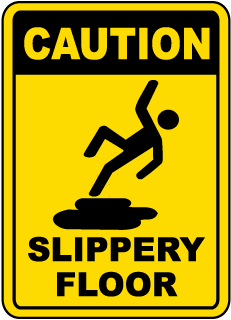Great topic this, some really interesting posts being made. Good work, team! ?
However, allow me if you will to throw a spanner into the works. Well... not so much a spanner, but another 'variable' into the equation. We've got warm vs cold, right, but what about wet vs dry?
Yeah ok, you could argue that weather conditions are just one of any number of variable factors that can affect the speed, real or perceived, of any individual coaster lap, but a 'wet track' is another of those factors that has a popular conception among enthusiasts of producing a 'faster ride'. This seems to be especially prevalent on wooden coasters.
Is this true? And if so, why? And if it is true, doesn't that kinda go against the warm vs cold argument? Doesn't it stand to reason that wet wheels on a wet track on a wet day will be cooler than dry wheels on a dry track on a dry, sunny day?
What happens when a warmed up coaster on a sunny day suddenly gets drenched by a mighty downpour? Does it speed up even more or does the cooling effect of rain and cloudy skies slow it down again? I mean, logic dictates that the mere physical presence of water droplets in the air and on the track would produce more resistance, more
drag on the train. Your car doesn't go faster in the rain, so why would a coaster?
I don't know the answers to to any of these questions, but here are some anecdotal examples of my own.
Wicker Man: I've had several rides on this thing now, in a range of different seats and times of day and yeah, afternoon rides generally seem faster than morning ones and the back is generally better than the front... but the best ride I've ever had on it was a 2nd row ride just after a heavy storm. It was mental! I'm not exaggerating - it had bonkers, ejector airtime all over the place. It was fab!

Balder: Had a mid afternoon ride, coaster had 'warmed up', fairly sunny day. It was pretty good. Had another ride a couple of hours later, twilight, air had cooled, light drizzle. It was mental! Bonkers ejector airtime all over the place.
What is going on here?
Look forward to hearing some theories and examples of this one, and whether it reinforces, or contradicts
@Nitefly 's original post.


